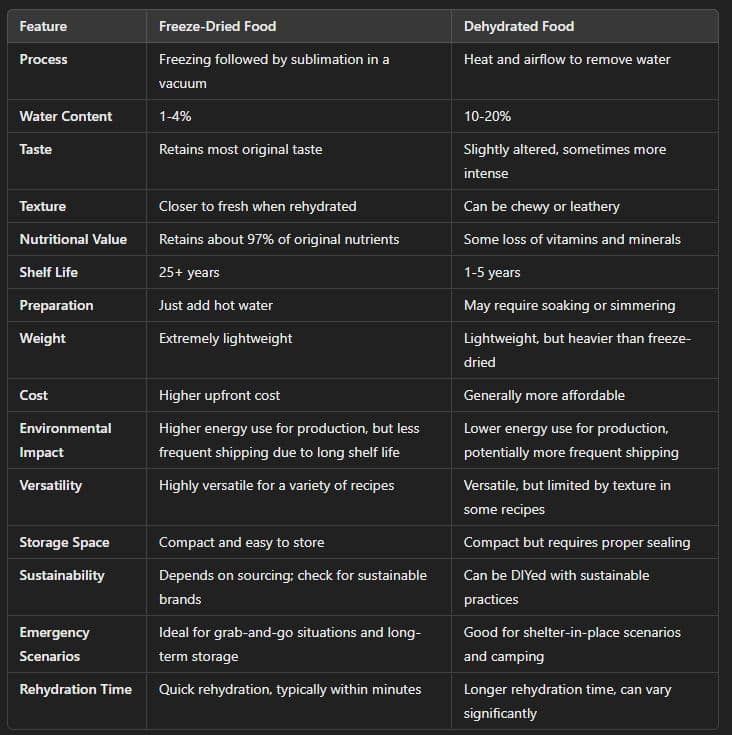
These two brands are like heavyweight champions, each boasting their own unique strengths.
But which one deserves a spot in your gear arsenal?
Grab a seat and your favorite beverage (filtered, of course), and let’s dive into the ultimate showdown: Alexapure vs. Berkey.
Why Water Filtration Matters
First things first, let’s talk about why water filtration is so crucial.
Whether you’re out in the wilderness, dealing with a natural disaster, or just ensuring your tap water is safe, clean water is essential for survival.
Waterborne contaminants can wreak havoc on your health, leading to illnesses that can knock you out of commission.
So, investing in a reliable water filtration system is non-negotiable for any serious prepper or outdoor enthusiast.
Alexapure Vs Berkey: Comparison Chart
The Contenders: Alexapure vs. Berkey
Alexapure: The New Kid on the Block

Known for its sleek design and impressive filtration capabilities, Alexapure has positioned itself as a strong contender against more established brands.
Key Features:
- Filtration Technology: Alexapure uses gravity-fed filtration with a powerful filter that removes up to 99.9999% of contaminants, including heavy metals, bacteria, viruses, and pharmaceuticals.
- Capacity: The Alexapure Pro can hold up to 2.25 gallons of water, making it ideal for small families or solo adventurers.
- Flow Rate: It boasts a decent flow rate, allowing you to filter up to 5,000 gallons per filter.
- Portability: With a compact and lightweight design, the Alexapure Pro is easy to transport, making it a favorite among campers and RV enthusiasts.
↓ Discover the Secret Benefits of the Alexapure
Berkey: The Established Champion

With a reputation for reliability and durability, Berkey systems are trusted by preppers, campers, and health-conscious households worldwide.
Key Features:
- Filtration Technology: Berkey uses a combination of gravity-fed filtration and advanced carbon filters to eliminate up to 99.9999% of contaminants, including heavy metals, bacteria, viruses, and pharmaceuticals.
- Capacity: Berkey offers a range of sizes, from the travel-friendly 1.5-gallon Travel Berkey to the family-sized 6-gallon Crown Berkey.
- Flow Rate: Berkey filters are known for their longevity, capable of filtering up to 6,000 gallons per filter pair.
- Portability: While larger models are less portable, the Travel Berkey and Big Berkey are great for on-the-go use.
↓ I tested a Berkey
Alexapure Vs Berkey: Head-to-Head Comparison
Now, let’s break down these features in more detail and see how Alexapure and Berkey stack up against each other.
Filtration Performance
Both Alexapure and Berkey excel in filtration performance, removing an impressive array of contaminants.
However, Berkey’s filters have a slightly higher capacity for total contaminants removed, giving it a slight edge in this category.
But honestly, both systems provide top-tier filtration that will keep you hydrated and healthy.
Capacity and Size
When it comes to capacity, Berkey takes the crown with its wide range of sizes.
Whether you’re a solo camper or have a large family, there’s a Berkey model that fits your needs.
Alexapure’s Pro model is perfect for small groups or individuals, but if you need more capacity, Berkey offers more options.
Flow Rate
Both systems have efficient flow rates, but Berkey’s longer-lasting filters mean you’ll be changing them less frequently.
This could be a deciding factor for those who want minimal maintenance and maximum convenience.
Portability
Alexapure shines in portability due to its compact design.
It’s easy to pack up and take on the road, making it a favorite among campers and RV enthusiasts.
While Berkey’s Travel and Big Berkey models are also portable, the larger sizes are better suited for home use.
Ease of Use
Both systems are user-friendly, but Alexapure might have a slight edge for beginners due to its straightforward setup.
Berkey’s multiple components can be a bit intimidating at first, but once you get the hang of it, it’s smooth sailing.
Cost
Let’s talk dollars and cents.
Alexapure systems tend to be more affordable upfront, which is great if you’re on a budget.
Berkey systems, while pricier, offer better long-term value due to their larger filter capacity and longevity.
So, it’s a matter of whether you prefer saving money now or investing in a system that will last longer.
Practical Use Cases
Camping and Backpacking
For the intrepid adventurers who love hitting the trails, portability and ease of use are paramount.
The Alexapure Pro, with its lightweight design, is perfect for backpacking and camping trips.
It’s easy to pack and set up, ensuring you have clean water without weighing down your gear.
The Travel Berkey, while slightly bulkier, is also a solid choice for camping.
Its robust build can withstand the rigors of outdoor adventures, and its superior capacity means fewer refills.
Emergency Preparedness
In a survival situation, reliability and capacity are key.
Berkey’s larger models, like the Royal Berkey or the Crown Berkey, offer the capacity and filtration power needed to sustain larger groups or families during emergencies.
Their ability to filter a high volume of water makes them invaluable in a crisis.
Alexapure’s Pro model is also a strong contender for emergency preparedness, especially for smaller households or individuals.
Its excellent filtration performance ensures you have access to safe drinking water when it matters most.
Everyday Use
For everyday use, both systems excel at providing clean, great-tasting water.
The choice comes down to personal preference and household size.
If you have a larger family or entertain often, a larger Berkey model might be the best fit.
For smaller households or those new to water filtration, the Alexapure Pro offers a user-friendly and effective solution.
The Verdict: Which One Should You Choose?
Alright, folks, it’s decision time.
Both Alexapure and Berkey are stellar choices, but the right one for you depends on your specific needs and preferences.
Choose Alexapure If:
- You need a budget-friendly option without compromising on filtration quality.
- Portability is a top priority for camping and travel.
- You prefer a simpler setup and straightforward maintenance.
Choose Berkey If:
- You require a larger capacity system for a big family or long-term use.
- You value long-term cost savings and less frequent filter replacements.
- You need a versatile system that can handle both home use and outdoor adventures.
My Personal Take
If you twisted my arm and made me choose, I’d say the Alexapure Pro is a fantastic option for those who need a more portable solution or are just starting their water filtration journey.
Its performance and ease of use make it a worthy contender in any prepper’s gear lineup.
Alexapure Vs Berkey: Final Thoughts
At the end of the day, the best water filtration system is the one that fits your lifestyle and needs.
Whether you go with Alexapure vs Berkey, you’re investing in a crucial piece of survival gear that ensures you have access to safe, clean water.
So, take the plunge, make your choice, and rest easy knowing you’re prepared for whatever comes your way.
Stay hydrated, stay safe, and, as always, stay prepared.
Why Trust Skilled Survival…
Go here now to review a full breakdown of:
- Who We Are
- Our Credentials
- Our Mission
- & Product Recommendations…
Here are a few highlights of our teams credentials & certifications:
- Certified Member of a Mountain Search & Rescue Organization
- Plant Emergency & Safety Leader for a Major Food Manufacturer
- Member of the 10TH Mountain Division Hut Association
- Certifications: Avalanche 1, WFR, CPR
- Official Gear Tester for Numerous Outdoor Gear Companies
- Countless Multiday Backpacking trips into Remote Wilderness
- Bachelor’s Degree In Mechanical Engineering
- Bachelor’s Degree In Civil Engineering
- Bachelor’s Degree In Biomedical Engineering
“It takes 20 years to build a reputation and five minutes to ruin it.” – Warren Buffett
We’re fully aware that trust is NOT something you GET but is EARNED.
And we’ll continue to earn YOUR trust through our forthright and honest approach with each new Blog Post, Guide & Product we create…
Prepare, Adapt & Overcome,

The post Alexapure vs Berkey: The Ultimate Water Filtration Showdown appeared first on Skilled Survival.


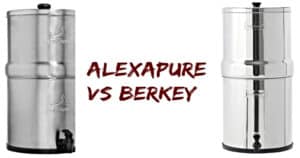
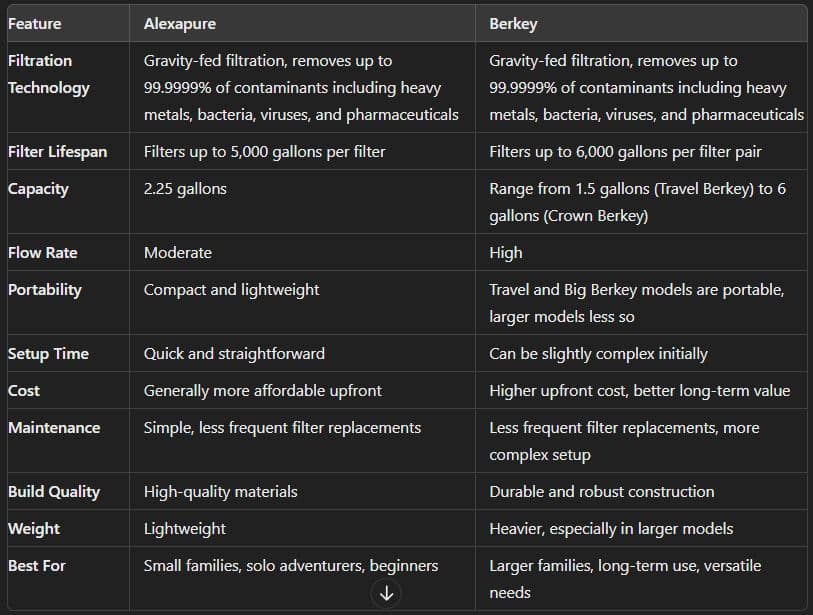
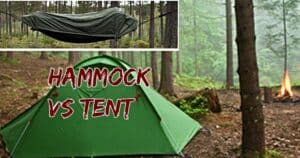
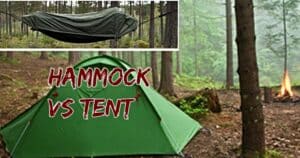 Today, we’re diving into one of the most heated debates among outdoor enthusiasts: hammocks vs. tents.
Today, we’re diving into one of the most heated debates among outdoor enthusiasts: hammocks vs. tents. 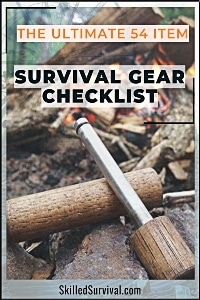

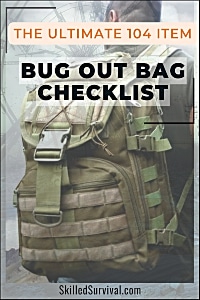
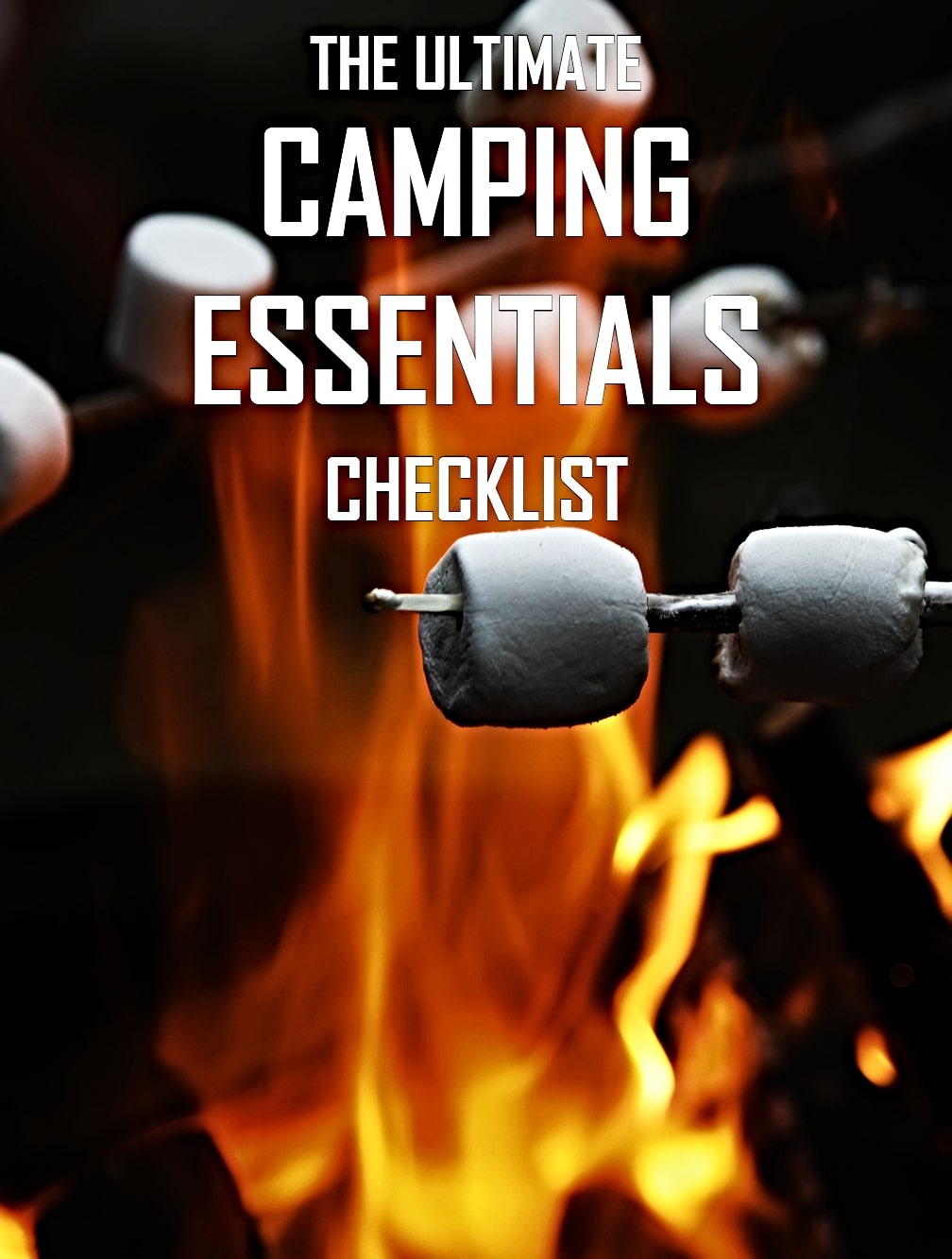
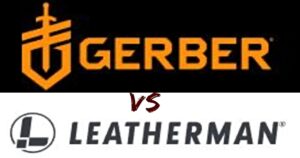

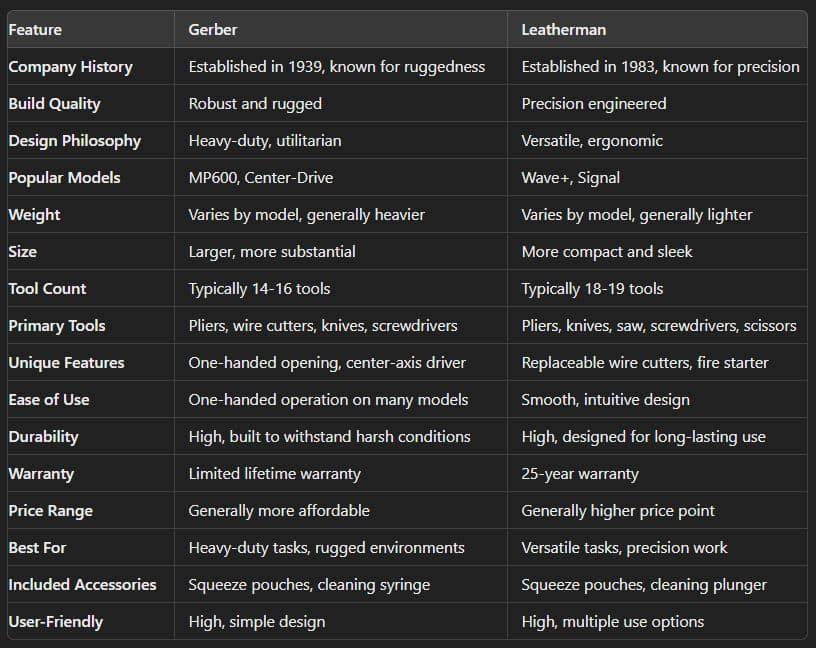
 Gerber, a name synonymous with rugged, reliable gear, has been making top-notch tools and knives since 1939.
Gerber, a name synonymous with rugged, reliable gear, has been making top-notch tools and knives since 1939. Leatherman, on the other hand, has been a cornerstone in the multitool industry since Tim Leatherman created the first Pocket Survival Tool (PST) in 1983.
Leatherman, on the other hand, has been a cornerstone in the multitool industry since Tim Leatherman created the first Pocket Survival Tool (PST) in 1983.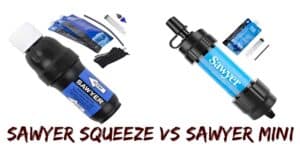
 Alright, gather around because today we’re pitting the two Sawyers against each other:
Alright, gather around because today we’re pitting the two Sawyers against each other: 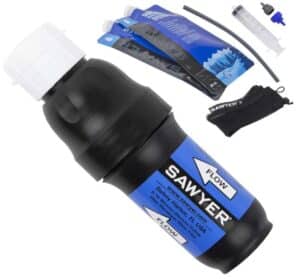 The Sawyer Squeeze is like the heavyweight champion of
The Sawyer Squeeze is like the heavyweight champion of 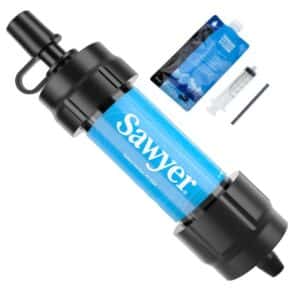 On the other hand,
On the other hand, 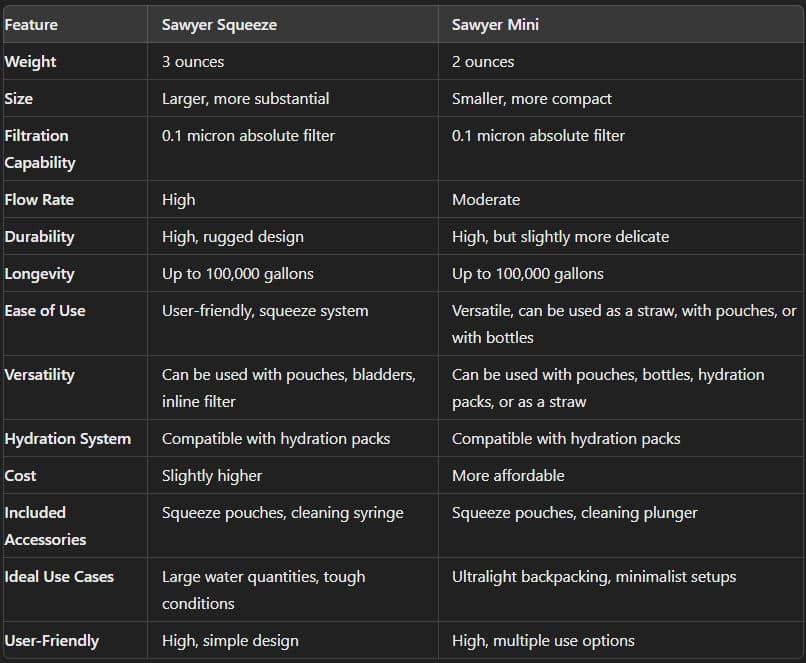
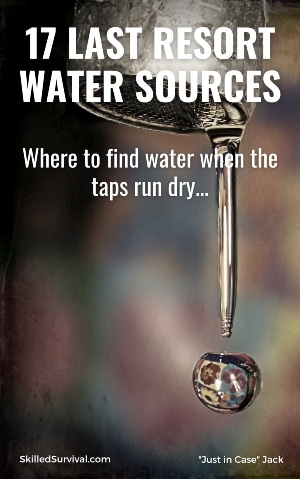
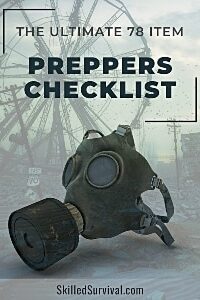
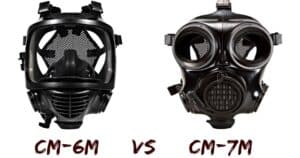
 Today, we’re diving into the nitty-gritty of two titans in the world of gas masks:
Today, we’re diving into the nitty-gritty of two titans in the world of gas masks: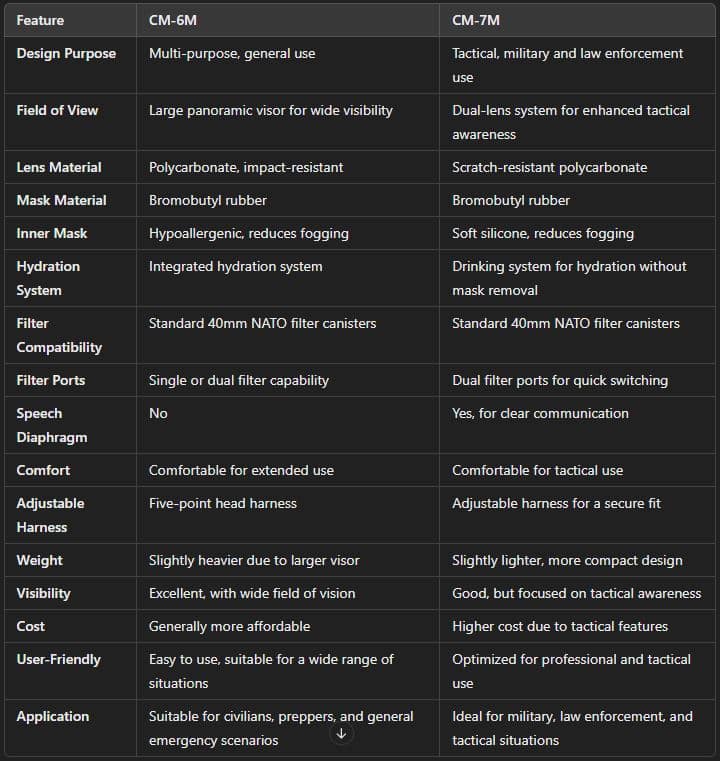
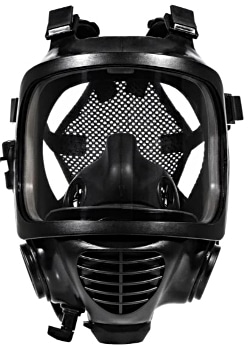
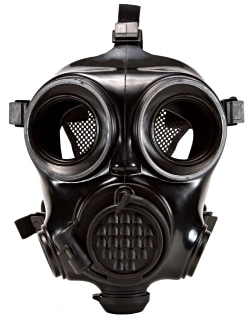
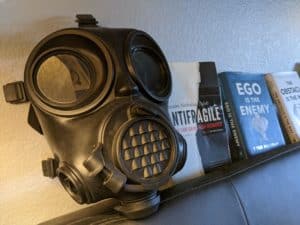
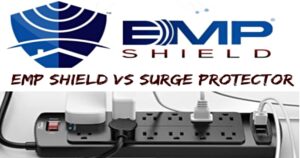
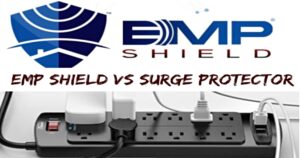 Today, we’re diving into the nitty-gritty of two essential devices that can protect your electronics from the bad guys of the electrical world:
Today, we’re diving into the nitty-gritty of two essential devices that can protect your electronics from the bad guys of the electrical world: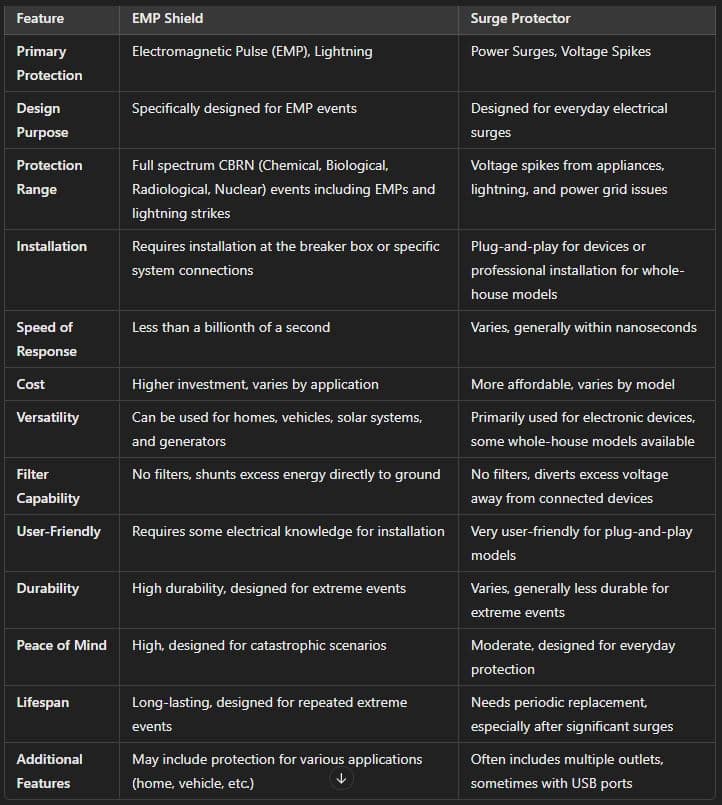

 Now, let’s turn our attention to
Now, let’s turn our attention to 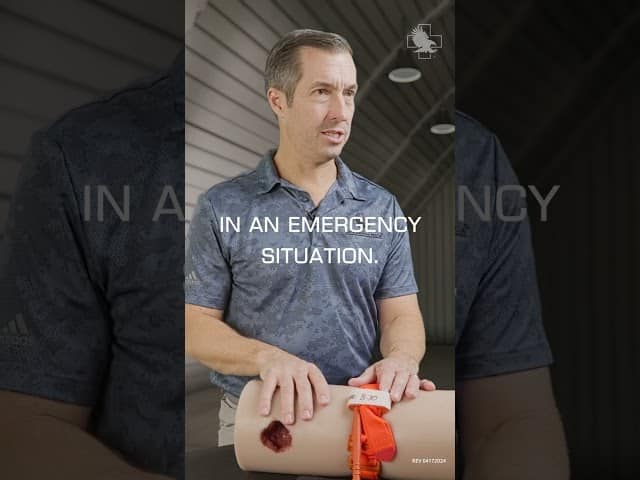
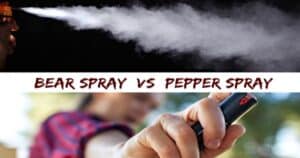
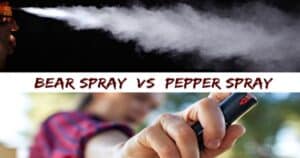 Today, we’re talking about Bear Spray Vs Pepper Spray.
Today, we’re talking about Bear Spray Vs Pepper Spray.
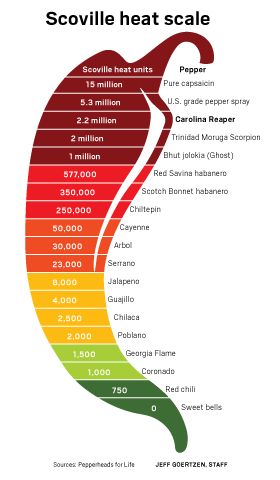

 Today, we’re diving into a crucial topic for anyone serious about being ready for anything:
Today, we’re diving into a crucial topic for anyone serious about being ready for anything: 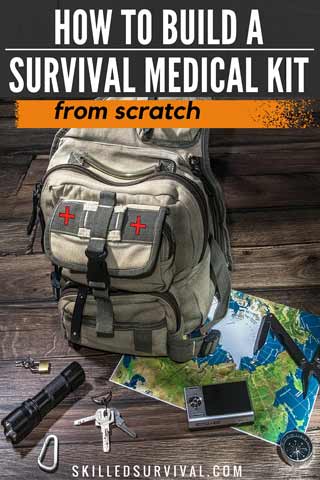




 Let’s dive into a debate with preppers buzzing:
Let’s dive into a debate with preppers buzzing:
